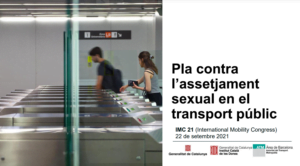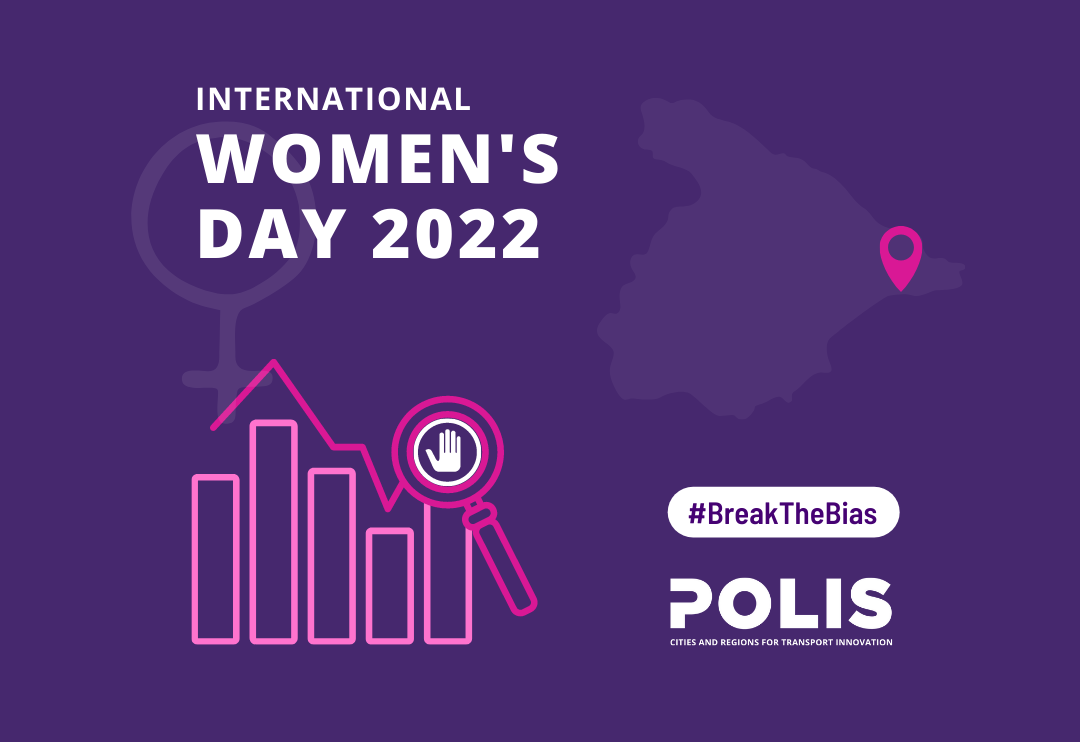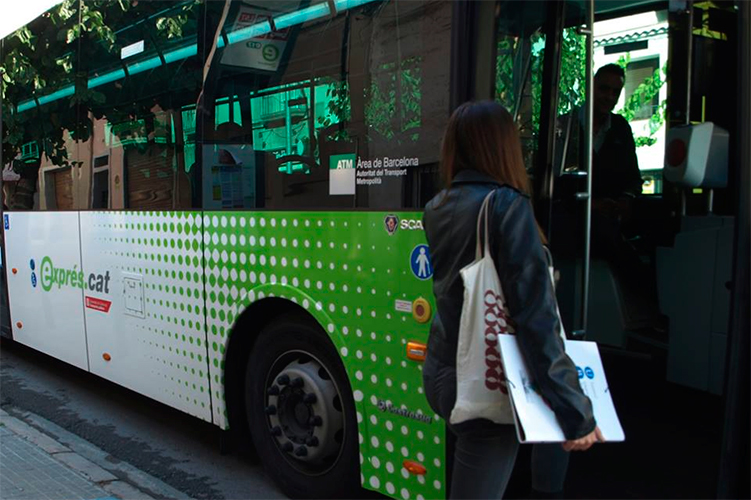Putting gender data into action in Catalonia
How will we tackle sexual harassment on public transport? Well, it all starts with data. You cannot solve a problem without understanding it first… and you don’t know what you don’t measure.

Photo by Dovile Ramoskaite on Unsplash
Sounds cryptic, but it is actually straightforward: lack of data is inhibiting our ability to confront gender-based violence. Who does it affect? Where does it take place? What impacts victims’ ability to report incidents?
To better understand the problem and create targeted solutions, POLIS member GenCat (the body responsible for Transport and Mobility across Catalonia) has been enhancing their data on sexual violence on public transport.
“It is important to highlight the relationship between mobility and victimization,” says, Antoni Bedoya Echave, Catalonia’s Director General of Transport and Mobility.
Gender-based violence and public transport facilities
GenCat’s research uncovered shocking levels of gender-based violence in, and around, public transport facilities.

The 'Plan against sexual harassment on public transport' by GenCat is available at the end of this article (Catalan only)
Almost 17 per cent of all criminal acts declared by residents of the Barcelona metropolitan area take place in public transport infrastructure, of which women are more victimized (60 per cent) than men (40 per cent). The metro is the most concerning space, where 79 per cent of harassment is reported to take place.
Their research also highlights the impact this has on women’s travel patterns and mobility freedoms. One-quarter of women report deploying avoidance tactics (compared to just 8 per cent of men), taking measures including never travelling alone on public transport. Indeed, an astounding 2/3 of women avoided travel during dark hours - for men, this was less than 20 per cent.
Putting data into action
Catalonia is now putting this data into action. To ensure the application of actions preventing sexual harassment in public transport, authorities have established a driving group. Within this frame, the group will coordinate with actors across the region’s transport sector, including women's networks and operators. In addition, the group is harmonised alongside further gender impact studies and corrective measures to minimize differences across mobility, urban planning, housing and the environment.

Photo by Pere Jurado on Unsplash
Further action is to come. Authorities are planning a gender analysis guide alongside a study of sexual harassment of women cyclists and VMP users, as well as an examination of gender-based violence in the home delivery system.
You can read the "Plan against sexual harassment on public transport" (available in Catalan) here. Find more information on Barcelona's research on harassment on public transport here and read about Transports Metropolitans de Barcelona's plans to prevent sexual harassment on the metro and bus networks here.


